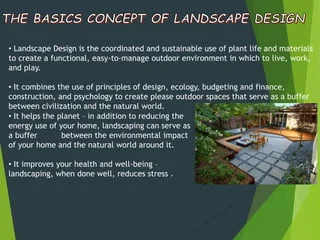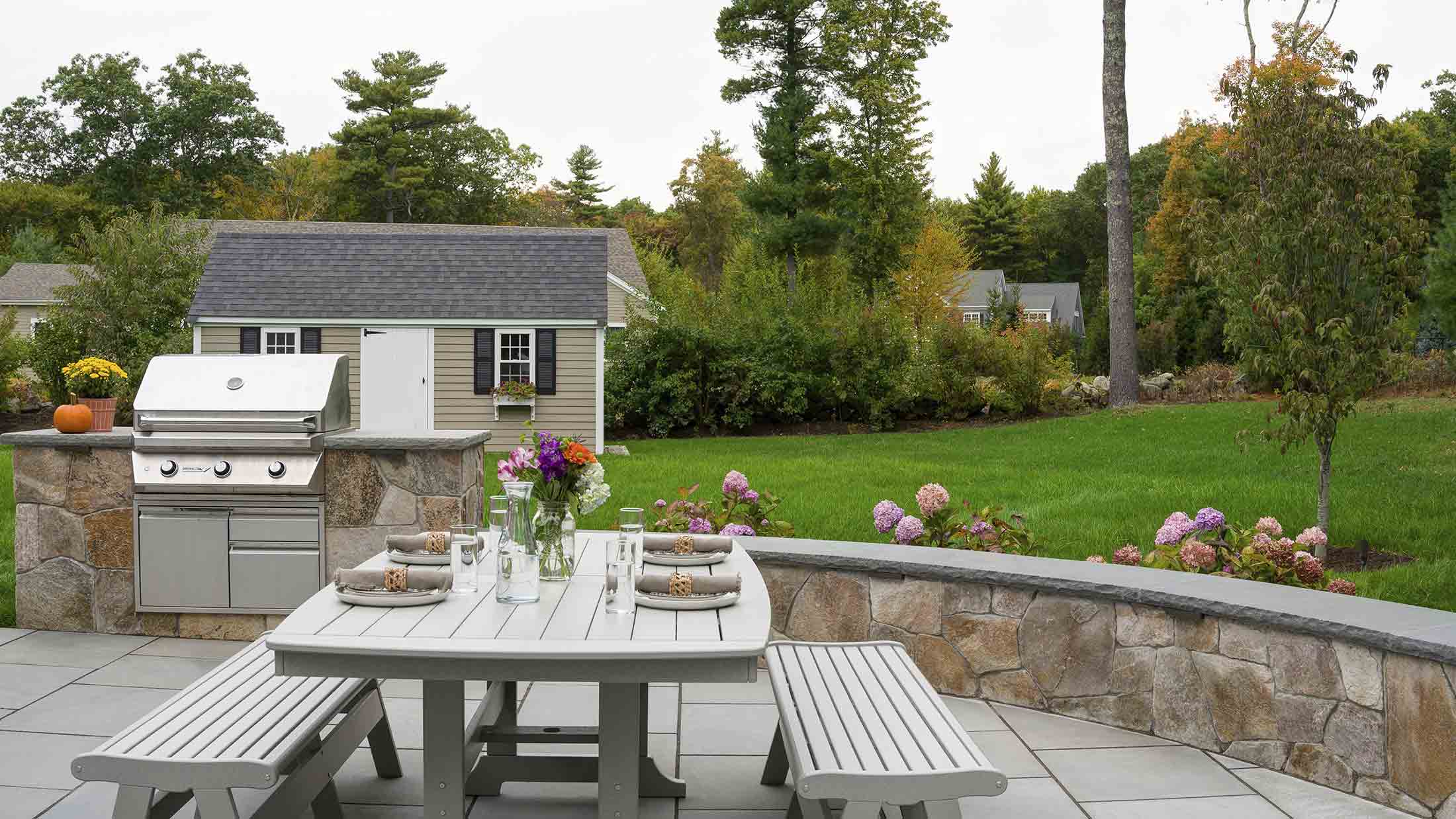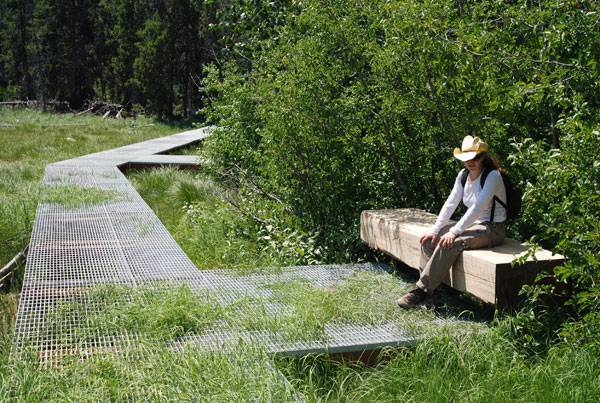An Unbiased View of Landscape Design
An Unbiased View of Landscape Design
Blog Article
What Does Landscape Design Mean?
Table of ContentsLandscape Design Can Be Fun For AnyoneThe smart Trick of Landscape Design That Nobody is Talking AboutLandscape Design - The FactsWhat Does Landscape Design Mean?
When designing a household landscape, one of the most important step is to put a plan on paper. Creating a plan of attack will certainly save you money and time and is extra most likely to lead to an effective layout. Landscape Design. A master plan is developed via the 'style process': a step-by-step approach that thinks about the environmental problems, your wishes, and the components and concepts of designThe 5 steps of the layout procedure consist of: 1) performing a website inventory and analysis, 2) determining your demands, 3) producing useful layouts, 4) creating conceptual design plans, and 5) drawing a last style strategy. The very first three steps establish the aesthetic, useful, and gardening needs for the style. The last two steps then use those requirements to the creation of the last landscape strategy.
This is an important action for both plant choice and placement and finding family activities and features. It is necessary because the exact same environment conditions that influence the plantstemperature, moisture, rain, wind, and sunlightalso affect you, the customer. The following action is to make a listing of your requirements and desiresthis aids you establish exactly how your yard and landscape will be used.
The functional diagram is after that used to locate the activity rooms on the site and from this representation a theoretical plan is developed - Landscape Design. The last step is a final layout that consists of all the hardscape and growing details that are required for installation. Throughout the design procedure there are 10 important things to think about: for plant selection and activity place by considering what you want and need to aid determine forms and arrange areas by designating activity locations and connecting with components for both the setting and the user by utilizing massing and layering methods such as transition locations and focal points in the products, the colors, and the surface area structures for the development and maintenance of plants by using sustainable layout methods A detailed inventory and evaluation of the site is essential to determine the ecological conditions for plant development and the ideal use of the site
The Best Guide To Landscape Design
The sort of dirt determines the nutrients and dampness available to the plants. It is constantly best to utilize plants that will flourish in the existing soil. Although dirt can be modified, modification is often costly and many times inefficient. Existing plants can offer clues to the soil kind. Where plants expand well, note the dirt conditions and make use of plants with comparable growing needs.

Sun/shade patterns, the amount and length of direct exposure to sunlight or color (Figure 1), develop microclimates (occasionally called microhabitats). Recording site conditions and existing plant life on a base useful site map will certainly disclose the area of microclimates in the backyard. Plants normally come under a couple of of four microclimate categories-full sunlight, partial shade, color, and deep shade.
Figure 1. Sunlight and color patterns. Credit History: Gail Hansen, UF/IFAS It is necessary to keep in mind all the status quo on a precise base map when doing the site stock (Figure 2). Landscape Design. Utilities such as high-voltage line, septic containers, below ground utilities and roof covering overhangs figure out plant place. Make use of a property surveyor's plat of your property for the borders and area of your home.
10 Easy Facts About Landscape Design Described
Budget concerns consist of the products, initial installment costs and the on-going maintenance expenses. Determine the moment and cash you are prepared to take into maintaining the plants and hardscape-be practical regarding your objectives and capacity. Number 3. Existing use locations. Credit: Gail Hansen, UF/IFAS Figure 4. Proposed use locations. Debt: Gail Hansen, UF/IFAS There are several different landscape style motifs- from easy to complex, yet it is valuable to choose one to lead your plant and material selection.

Choose if you want to open your yard, shut your yard, or a little of both, to these views. To put it simply, do you desire the garden to enclose the room around you and connect primarily to your home, or do you want the yard to open views and look outside, associating with the environments? This will certainly give you a beginning factor to consider a theme.
Fascination About Landscape Design

This is called "local color", which means it fits with the surroundings. There are both type styles and design themes. Every yard needs to have a type theme, however not all yards have a style motif. Actually, many domestic yards have no specific design other than to mix with the residence by repeating information from the style such as materials, shade, and kind.
In a kind style the organization and shape of the spaces in the lawn is based either on the form of your house, the form of the areas in between the home and the property boundaries, or a preferred form of the property owner. The type theme identifies the Go Here form and organization (the design) of the rooms and the web links in between them.

Report this page